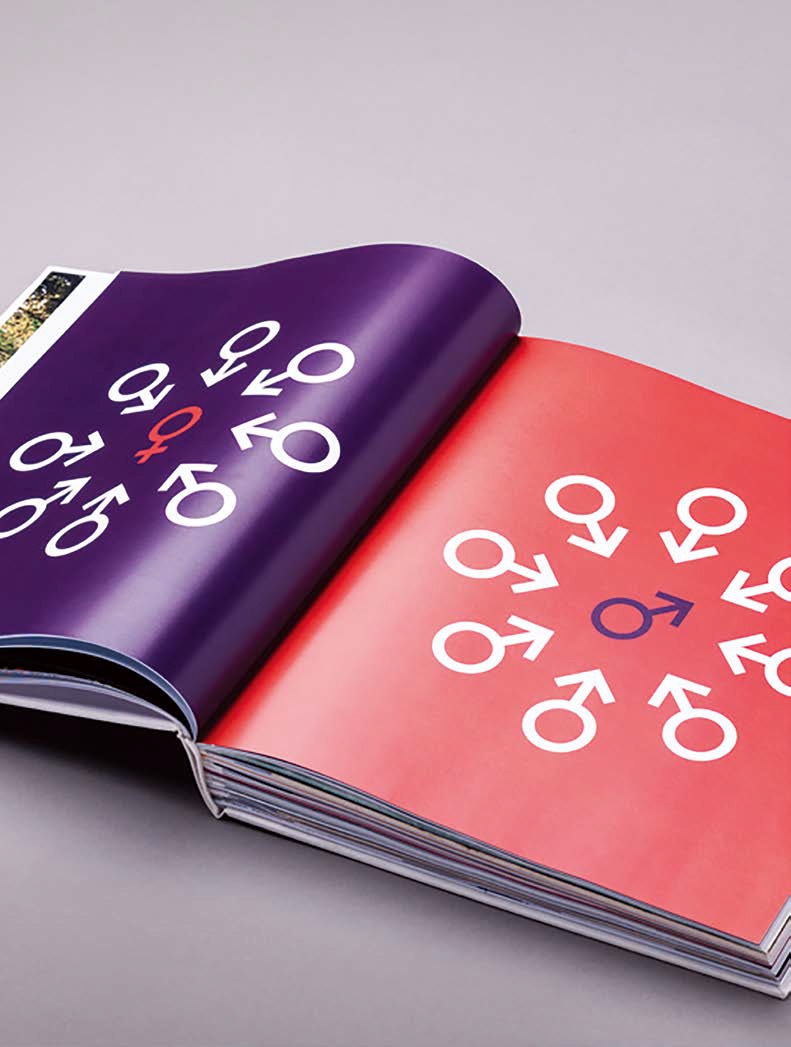An Overview
Downloads
DOI:
10.31182/cubic.2019.2.014Keywords:
design, gender performance, identity, other, willful, culture, genderAbstract
This issue of CUBIC Journal continues exploring what we find an extremely important and complex topic. We sought diverse contributions from a wide range of design sectors and aimed at presenting contributions that reposition design and design research through considering gender dynamics. And just like the conference, the journal issue call for papers was named to reflect how the smallest aspects in design have the greatest influence and are often side-lined by ignorance, oversight, or intention (‘The GREAT small’). We added three overlapping and often complimentary concepts to express our interest in the ‘Other’, i.e. the ‘Different’ and the ‘Willful’ (sic).
How to Cite
Published
Issue
Section
License
Copyright (c) 2020 Hanna Wirman, Uta Brandes

This work is licensed under a Creative Commons Attribution 4.0 International License.
References
Ahmed, Sara. Willful subjects. Durham and London: Duke University Press, 2014. DOI: https://doi.org/10.1515/9780822376101
Barad, Karen. Meeting the Universe Halfway: Quantum Physics and the Entanglement of Matter and Meaning. London: Duke University Press, 2007. DOI: https://doi.org/10.2307/j.ctv12101zq
Beauvoir, Simone de. The Second Sex. New York: Vintage Books, 1989, c1952.
Brandes, Uta. Gender Design: Streifzuge zwischen Theorie und Empirie. Basel: Birkhauser, 2017. DOI: https://doi.org/10.1515/9783035611090
Butler, Judith. Gender Trouble: Tenth Anniversary Edition. New York: Routledge, 1999.
Butler, Judith. Undoing gender. New York: Routledge, 2004. DOI: https://doi.org/10.4324/9780203499627
Crenshaw, Kimberlé. “Demarginalizing the Intersection of Race and Sex: A Black Feminist Critique of Antidiscrimination Doctrine, Feminist Theory, and Antiracist Politics.” University of Chicago Legal Forum 140, (1989): 139-167.
Irigaray, Luce. Marine Lover of Friedrich Nietzsche. New York: Columbia University Press, 1991.
Mandrup, Dorte. “I am not a female architect. I am an architect.” Dezeen. Last modified May 25, 2017. Accessed January 29, 2019. https://www.dezeen.com/2017/05/25/dortemandrup-opinion-column-gender-women-architecturefemale-architect/
Plant, Sadie. “The Future Looms: Weaving Women and Cybernetics.” In Cyberspace/Cyberbodies/Cyberpunk. Edited by M. Featherstone & R. Burrows. London, Thousand Oaks & New Delhi: SAGE publications, 1995: 46-64. DOI: https://doi.org/10.4135/9781446250198.n3
Radtke, Lorraine and Henderikus J. Stam. Power/gender: Social relations in theory and practice. London: SAGE, 1994.

